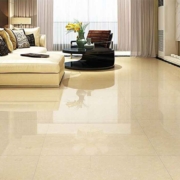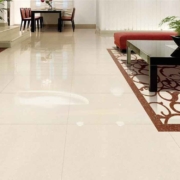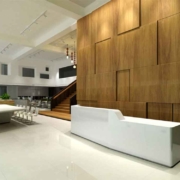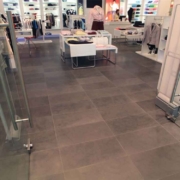How to Install Bathroom Accessories on Ceramic Tile?
Bathroom accessories can be difficult to install on ceramic tile; the spots tile is difficult to fasten to, and choosing a fastener can be tricky. Here are some steps to help you finish this task successfully. Choose the accessories you need to install. These will often include information such as their location, mounting height, and a template for drilling holes to anchor them.
Determine the best method for drilling holes required for mounting your accessory, and the best anchor to secure the device. Use the supplied measurements or template to lay out the location for holes you will need to drill for your installation. Make sure the layout is level and plumb, so the fixture will look pleasing when it is installed.
Drilling through porcelain ceramic tile with a glass bit. Drill the holes you need for mounting the device. Typical drive-in plastic anchors require a 1⁄4 or 5⁄16 inch (0.6 or 0.8 cm) hole, molly anchors, and other expansion anchors may require larger holes to allow them to expand properly. Keep the drill cool while drilling through the cement tile by dipping it into water frequently. This will also decrease the amount of debris that may collect on the drill bit, allowing it to drill more efficiently.
Drill all of the holes needed, then tap an anchor into each hole, driving it flush to the surface. Be careful to strike the anchor cleanly with your hammer, since a miss may crack the wood tile. Hammering softly will decrease the chance the wood marble tile will be vibrated enough to crack the tile’s joints.
Driving the screws will lock the anchors so they won’t spin when installing your accessory. Pre-drive the screws into the anchors so they will be expanded and the anchor will hold securely without slipping when the accessory is mounted.
Hold the accessory in position and fit the screws through their mounting holes, then use a screwdriver or screw gun to tighten them. Check the appearance of the mounted accessory to make sure it looks right, and that it is level/plumb. Clean up dust and debris from the floor and wall. Do this immediately, since this dust can stain surfaces if it becomes damp or wet before it is removed. Remove protective films or coatings when you are satisfied that it looks good.
















